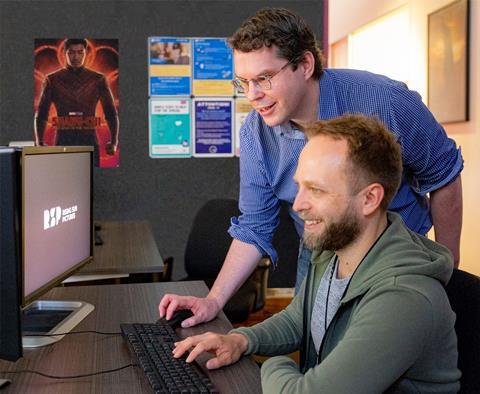Two post-doctoral researchers will look at AI’s possible applications in the VFX pipeline

Rising Sun Pictures has added two post-doctoral researchers from the Australian Institute for Maching Learning.
Dr. John Bastian and Dr. Ben Ward will develop pipeline tools based on machine learning and other AI applications as a means of streamlining visual effects (VFX) production and creating visuals that look more photo-realistic. They have previously worked at AIML for three years researching and developing machine learning and computer vision technology.
This move comes after the pair worked with Rising Sun on visual effects sequences for Marvel Studios’ Shang-Chi and the Ten Rings. They developed a novel technique for facial replacement that was used in high-intensity martial arts combat sequences, which involved machine learning tools training neural network models of principal actors and applying them to the faces of stunt doubles to produce faster and more lifelike results.
They are now involved in three film and series projects involving these facial replacement applications, and will also seek to develop general workflow tools for such routine visual effects in both 2D and 3D.
Ward said: “Our focus is on building AI-tools that can be integrated into RSP’s existing workflow to overcome the limitations of current technology. It’s about helping artists improve results, achieve outputs faster and push beyond what was previously possible.”
Bastian added: “AI can help artists accomplish incredible artistic effects without the tedium of executing every frame in a long sequence. Facial replacement was a good place to start because faces are largely rigid, but we’ll soon be able to do the same with the human body. We’ll be able to make an actor taller, shorter, skinnier, or more muscular.”
Rising Sun Pictures managing director Tony Clark said: “AI holds great promise for visual effects applications, especially in terms of accelerating labor intensive tasks and augmenting human creativity. Our early work with AI has produced spectacular results and we are eager to push development further.”





























No comments yet